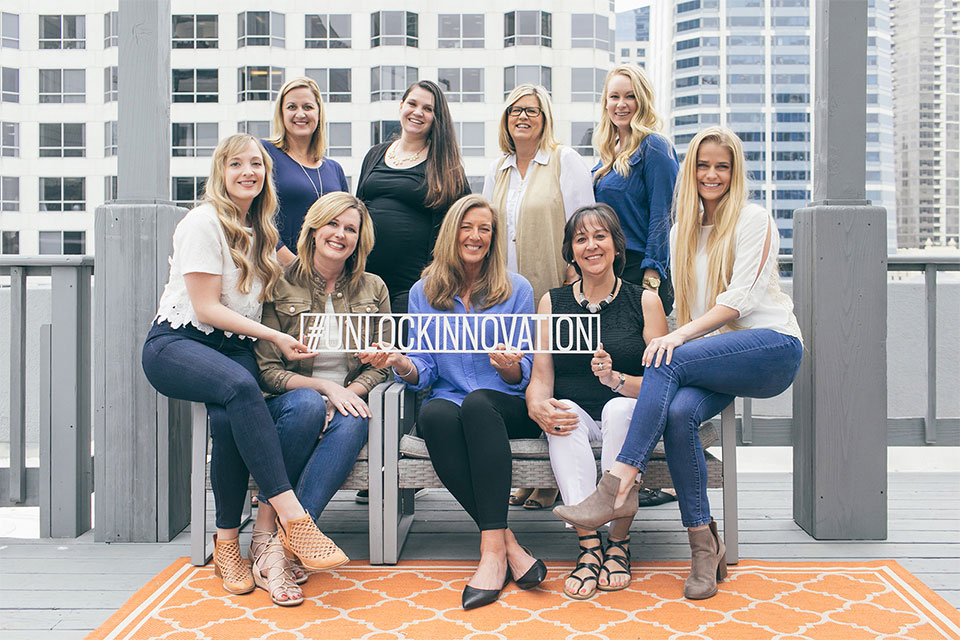Companies are moving toward an agile workforce more than ever before, and the need for on-demand resources is on the rise. I find myself in Q&A sessions regularly with people interested in making the leap into contracting, eager to fill this growing need. During these conversations, I find the biggest two a-ha moments are that small business ownership is part of the contracting lifestyle and that self-motivation is non-negotiable.
Pursuing contracting can be very rewarding and lucrative, yet it’s not a fit for everyone. If you’re thinking about contracting, here are five things I think you should consider before taking the plunge.
Admin and accounting and marketing, oh my!
Ready to take on the responsibility of running a business while delivering contracts on time to your customers? You’re the owner, talent, sales manager and more, wrapped into one. Getting into the rhythm of business ownership is smoother over time, but you’ll spend extra time on administrative tasks while you are ramping up. It can be a lot to keep up with as you accumulate more clients, and there are regulations to learn and follow. If you need someone to motivate you to stay on top of everything, then contracting likely isn’t a fit for you. The good news for those who want extra help? You can outsource some pieces, such as accounting or marketing.
Ready—set—go!
Role training isn’t on the agenda when you start a new contract—you’re the specialist—so plan on contributing immediately. Of course, expectations and customer processes/procedures are shared, but don’t be surprised if permanent employees have resources available to them that you do not. Contractors often go the extra mile for access, data and the latest status updates. Remember to communicate, communicate, communicate, keep track of your timelines and be adaptable when changes come into mix.
Update, communicate and be professional.
Contracting is an extremely customer-service-oriented career, and relationship management should be a top priority. Customers need to trust you completely and know you’ll always deliver. The best way to establish this trust is through excellent communication, consistency and meeting your deadlines—every time. Busy when your customer reaches out? Follow up directly so your customer knows your action plan. This level of service, coupled with always responding with professionalism, leads to strong relationships and repeat business. Customers will know that you’re on top of their projects only if you’re demonstrating it to them. Don’t leave them guessing!
Be comfortable with being uncomfortable.
Who doesn’t love invoicing? Your invoicing rate is typically higher than that of an employee performing the same work, and the check comes directly to you without any deductions. The “con” in contracting comes from the fact that some of that income must be set aside for taxes and any benefits you no longer receive, such as health insurance or retirement plans.
Income predictability isn’t very realistic, so being comfortable with ambiguity is essential. Knowing that the market will inevitably have ebbs and flows means being prepared for gaps in between contracts. Consider saving up to three months of income for these times. I also suggest budgeting carefully, taking into consideration the fact that customers have varying account payable cycles—typically from 45 to 90 days after invoicing. Make sure you know when payments are coming your way before signing the contract.

#UnlockInnovation With Us
• Collaborative and supportive network
• Work with L&D industry influencers
• Access to professional development
• Flexible hours and virtual environment
You are your brand.
Polish those people skills! Networking should be on every contractor’s calendar, whether online or onsite. Taking part and staying social in your industry events keeps you relevant with trends and often leads to new business opportunities. You’ll gain visibility, new contacts, collaboration opportunities, potential referrals and more. Share your passion about your specialty at events and be ready when any appropriate opportunity arises. Be sure to participate in continuing education to keep yourself fresh, excited and marketable! You could even consider presenting at a networking event.
Three must-haves: current resume + current LinkedIn profile + portfolio. It’s crucial to invest time in creating a portfolio of the work you are most proud of for a customer to review. A resume and profile will provide your work history and accomplishments, yet customers want to see that history come to life with a sampling of your work product. Consider a website with your portfolio pre-loaded for the best customer experience.
Just remember, the need for contractors is on the rise so if you’re ready, 2017 is a good time to think about making the shift to contracting. If you decide to take the plunge, keep these tips in mind and keep your passion for what you do—and I wish you many contracts to come!






